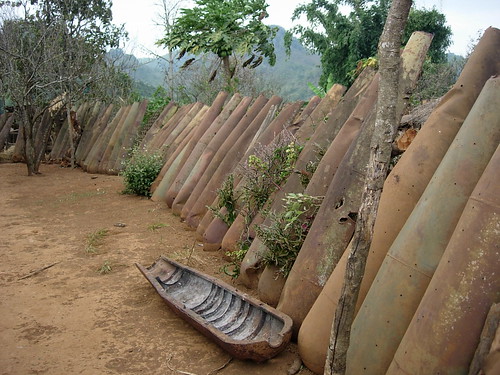
Patents are a well known and well used source of information. But what if the information in a patent specification would compromise New Zealand’s security, defence or international relations?
New Zealand, Australia and member countries of the North Atlantic Treaty Organization (NATO) such as the United States and the United Kingdom have the legal machinery to make sure that such information never sees the light of day. The country places a secrecy order on the patent application until the information is deemed safe to release. While an invention is under a secrecy order there are a finite list of countries in which patent applications can be filed.
Many inventions are clear candidates for secrecy orders. Examples include camouflage and radar reflectors, bioweapons and nuclear technologies. Other technologies are not so clear-cut. One example is an aerial crop duster. Whether it’s an agricultural tool or a bioweapon is determined entirely by its payload.
Some software technologies have the potential for terrorism. The best known example is the first general-purpose electronic computer. ENIAC was designed and built in the 1940’s to calculate artillery firing tables for the US Army’s Ballistic Research Laboratory. Any child who has played Angry Birds has mastered the principles of trajectory and force. But Angry Birds wasn’t around in the 1940’s.
Any person resident in New Zealand must have a patent application vetted by IPONZ before filing the patent application offshore. The patent application is filed first in New Zealand so IPONZ can have a look at it. IPONZ will impose a secrecy order on the application if it is considered a security risk.
Some applicants obtain clearance from IPONZ to file outside New Zealand without first filing in New Zealand. IPONZ reviews the subject matter of the clearance request. Clearance is granted if IPONZ does not anticipate a security risk.
IPONZ assigns a security classification to the patent application, or the subject matter of the clearance request, if the invention would compromise national security. The application undergoes normal search and examination under secure conditions by IPONZ. But the application stays in a pre-allowance state and is never published. Some inventions are eventually de-classified and allowed to proceed to allowance and issue.
It is risky to file a patent application outside New Zealand without first filing an application in New Zealand or obtaining clearance. New Zealand residents who do so may be found guilty of contravening secrecy for patent applications and face a jail term of 2 years. This penalty is in addition to those already applicable under the Crimes Act 1961. These are:
- espionage (14 years jail),
- corrupt use of official information (7 years jail),
- wrongful communication, retention or copying of official information (3 years jail),
- unauthorised disclosure of certain official information (3 months)
It's always a good idea to comply with the Patents legislation. Especially this part.
Photo courtesy of author Lorna87 under Creative Commons licence.
No comments:
Post a Comment